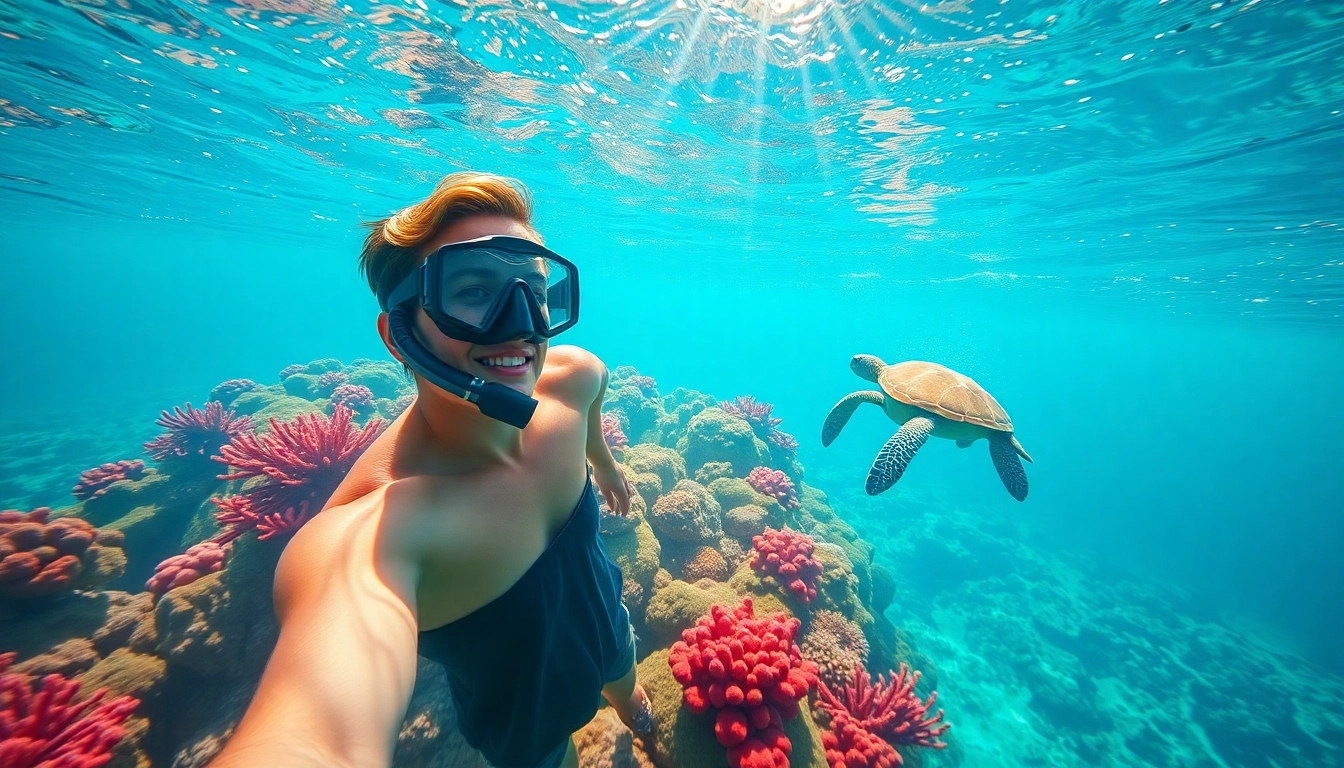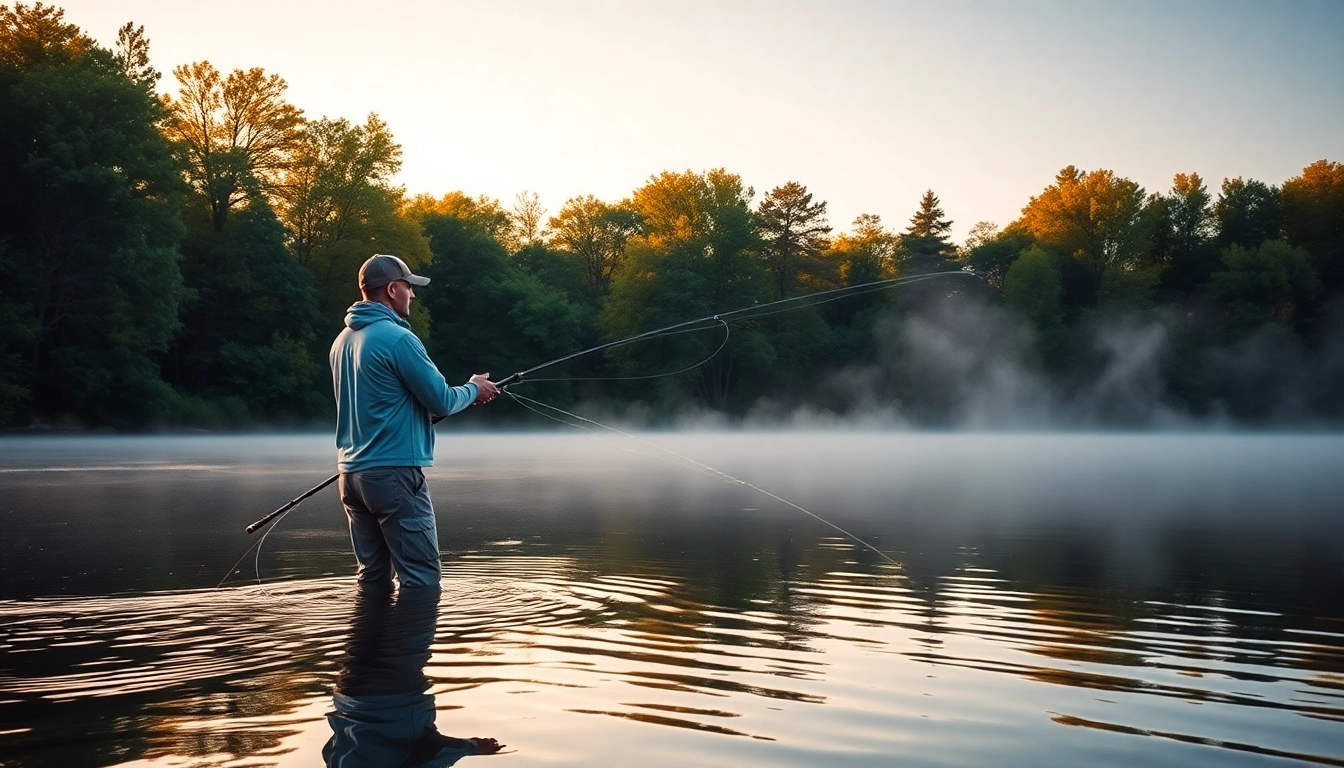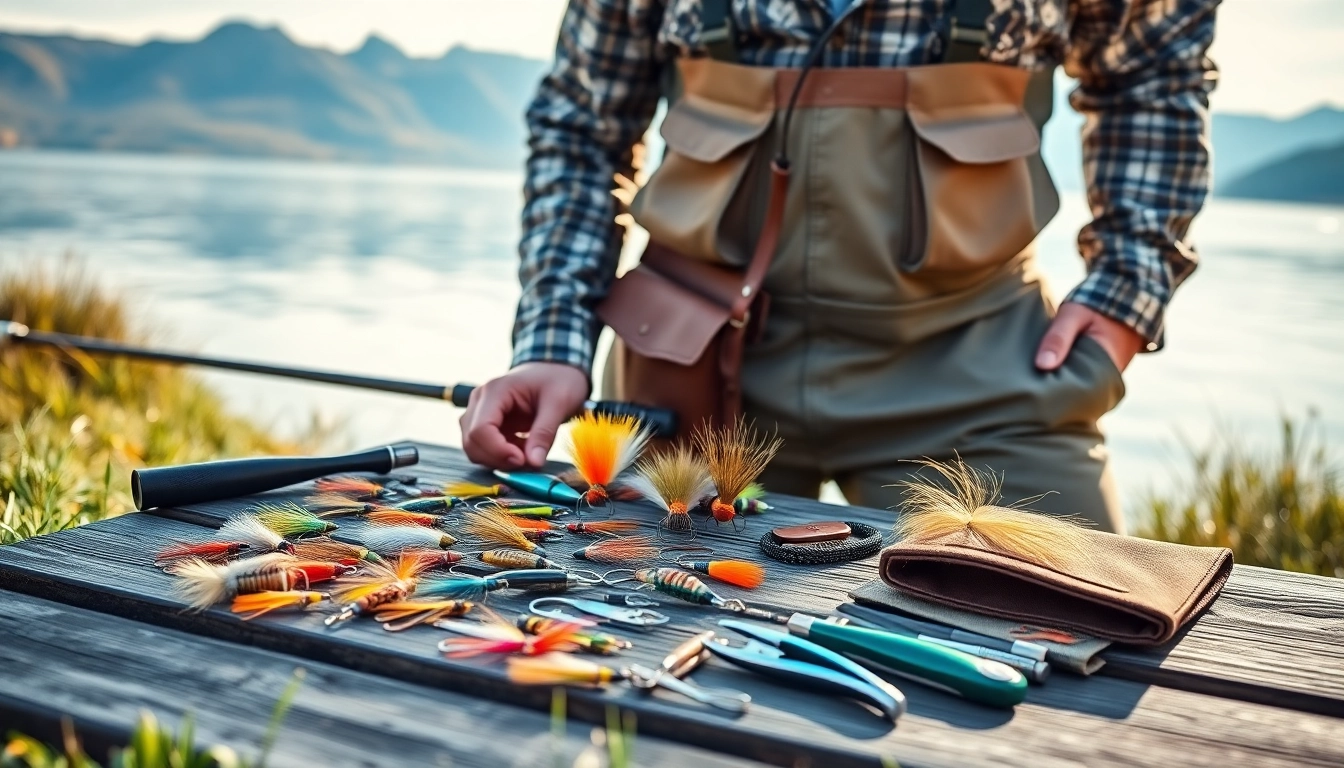Understanding the Benefits of Turtle Snorkel
Snorkeling opens up a world beneath the waves, allowing individuals to explore vibrant marine life, colorful coral reefs, and unique underwater ecosystems. The turtle snorkel is a crucial piece of equipment that enhances this experience by enabling a comfortable and efficient way to observe these underwater wonders. In this article, we will delve into what a turtle snorkel is, its numerous health and environmental benefits, and how to maximize your snorkeling adventures.
What is a turtle snorkel?
A turtle snorkel is a specialized type of snorkel designed to improve the snorkeling experience. Its name comes from its streamlined shape, which mimics the design of a turtle’s breath tube, allowing for easier and quieter breathing. Typically, these snorkels feature a larger than average breathing tube, a comfortable mouthpiece, and sometimes a purge valve for easy clearing of water. These features help snorkelers maintain proper buoyancy and enjoy longer dives without discomfort.
Health benefits of snorkeling
Engaging in snorkeling can provide a variety of health benefits beyond just a recreational outing. Here are some of the key advantages:
- Physical fitness: Snorkeling requires swimming, which is an excellent cardiovascular exercise. It builds endurance and strength while being low-impact on the joints.
- Stress relief: Immersing oneself in a natural underwater environment can significantly reduce stress levels. The soothing sounds of water and the calming visual effects of marine life can foster a meditative state.
- Improved respiratory health: Using a snorkel encourages controlled breathing, which can strengthen lung capacity and improve overall respiratory function.
- Vitamin D absorption: Snorkeling often occurs in sunny environments, allowing individuals to soak up vitamin D, which is crucial for bone health and immune function.
Environmental impact of snorkeling
Snorkeling plays a role in promoting environmental awareness and conservation. By exploring coral reefs and marine life, snorkelers often develop a deeper appreciation for ocean ecosystems. Understanding the impact of human actions on marine environments encourages responsible behavior, such as:
- Advocacy for marine conservation: Many snorkelers become advocates for the protection of marine environments, supporting policies and practices that help maintain biodiversity.
- Encouraging sustainable tourism: Engaging in eco-friendly snorkeling practices contributes to sustainable tourism, which helps protect fragile ecosystems while allowing people to enjoy them.
- Participation in cleanup efforts: Snorkelers may participate in beach cleanups or coral restoration projects, directly contributing to the health of marine habitats.
Choosing the Best Turtle Snorkel for Beginners
Selecting the right turtle snorkel is essential for a positive snorkeling experience, especially for beginners. This section outlines key features to consider when choosing a snorkel, common mistakes to avoid, as well as safety tips for those new to snorkeling.
Key features to look for
When shopping for a turtle snorkel, it’s essential to consider the following features:
- Mouthpiece comfort: Look for an ergonomic mouthpiece that fits comfortably without causing fatigue over prolonged use.
- Purge valve: A purge valve allows for easy clearing of water when it enters the snorkel, making it easier for beginners to use.
- Length and flexibility: A snorkel that is too long may affect breathing efficiency. A flexible tube helps adjust to the way you position your head while snorkeling.
- Dry top feature: This feature prevents water from entering the snorkel when submerged, providing extra security for inexperienced snorkelers.
Common beginner mistakes in snorkeling
New snorkelers often fall prey to several common mistakes, such as:
- Not practicing in shallow water: Beginners should first practice snorkeling in calm, shallow waters to build confidence and skills.
- Overlooking safety gear: Failing to use safety gear like fins and a snorkeling vest can lead to difficulties and increased fatigue.
- Panic response: If water enters the snorkel, many beginners may panic. It’s important to practice calm methods for clearing water.
Safety tips for novice snorkelers
Safety is a priority for all snorkelers, especially beginners. Here are some essential safety tips:
- Always snorkel with a buddy: Team up with someone to ensure safety. This way, help is readily available if needed.
- Choose the right conditions: Prefer calm waters without strong currents, and avoid snorkeling in bad weather.
- Watch for marine life: Be mindful of the marine animals in the area. Avoid touching or disturbing wildlife.
- Know your limits: Don’t push yourself into deeper water if you’re not comfortable. Stay within your ability level and familiarize yourself with your snorkel gear.
Advanced Techniques for Using a Turtle Snorkel
As snorkelers gain experience, they can benefit from advanced techniques that enhance their underwater encounters. Here are some methods to improve your skills and exploration.
Mastering breath control
Breath control is crucial for effective snorkeling. Here are tips for mastering it:
- Practice deep breathing: Before entering the water, practice taking deep breaths through your snorkel to enhance lung capacity.
- Use relaxation techniques: Staying calm and relaxed can help control your breathing and reduce the urge to panic.
- Inhale and exhale slowly: Focus on slow, steady inhalations and exhalations to maximize oxygen intake and reduce fatigue during long snorkeling sessions.
Improving visibility and comfort
Good visibility is essential for a fulfilling snorkeling experience. Here’s how to improve your underwater view:
- Use anti-fog solutions: Apply an anti-fog solution to your goggles to prevent fogging and enhance visibility.
- Position yourself correctly: Maintain a proper snorkeling position; stay flat on the water’s surface to reduce drag and improve visibility.
- Wear appropriate gear: Ensure your mask fits properly and forms a good seal to prevent leaking and discomfort.
Exploring different underwater habitats
Exploring diverse habitats such as coral reefs, kelp forests, and seagrass beds can vastly enrich your experience.
- Learn about local ecosystems: Familiarize yourself with the unique species and habitats in your snorkeling area to deepen your appreciation and understanding.
- Engage with marine life: Observe animals from a respectful distance and avoid chasing or startling them to maintain natural behaviors and ecosystems.
- Vary your spots: Regularly change your snorkeling locations to experience different environments, as each offers unique marine life and landscapes.
Maintaining Your Turtle Snorkel
Proper maintenance of your turtle snorkel is vital for long-term use and performance. Follow these guidelines to keep your gear in top condition.
Cleaning and storage tips
After each snorkeling session, thoroughly clean your snorkel as follows:
- Rinse in fresh water: Soak your snorkel in fresh water to remove salt, sand, and any other residue.
- Disinfect regularly: Use a mild dish soap solution or specialized snorkel cleaner to disinfect the mouthpiece and tube.
- Store properly: Store your snorkel in a cool, dry place away from direct sunlight to prevent degradation.
Common repairs and when to replace
Understanding when to repair or replace your snorkel can save money and enhance safety:
- Check for cracks: Inspect the tubing for any cracks or punctures that could compromise its functionality.
- Replace if damaged: If your snorkel is permanently damaged, replace it to ensure safe snorkeling experiences.
- Mouthpiece replacement: Consider replacing the mouthpiece every so often, as it can wear out or become uncomfortable over time.
Seasonal maintenance guidelines
If you are a seasonal snorkeler, consider these maintenance guidelines:
- Pre-season check: Inspect all equipment for signs of wear or damage before your first outing each season.
- End-of-season cleaning: Conduct a thorough cleaning and drying session to prepare your gear for storage.
- Use of silicone spray: Apply silicone spray to gaskets and seals before storing to maintain flexibility and functionality.
Connecting with the Snorkeling Community
Engaging with the snorkeling community can enhance your experience and foster a sense of belonging. Here are some ways to connect with fellow snorkelers.
Finding local snorkeling groups
Joining local snorkeling clubs or groups can provide opportunities for camaraderie and shared adventures:
- Leverage social media: Many communities have dedicated Facebook groups or online forums where local snorkelers connect, share experiences, and plan outings.
- Join organized tours: Participating in guided tours can introduce you to new friends and fellow enthusiasts.
- Visit local dive shops: These shops often have bulletin boards for community events and group snorkeling excursions.
Sharing experiences and tips
Once you’ve connected with others, sharing experiences can be enlightening:
- Attend workshops: Look for workshops that focus on snorkeling techniques, underwater photography, or marine biology to expand your knowledge.
- Create a blog or vlog: Documenting your snorkeling adventures and sharing tips can be rewarding and helpful for others.
- Participate in discussions: Engage in community forums or local meet-ups to exchange knowledge on gear, locations, and techniques.
Participating in conservation efforts
As a snorkeler, getting involved in conservation initiatives is a great way to give back to the environment:
- Join cleanup events: Participate in organized beach and underwater cleanups to help preserve marine environments.
- Support marine protection organizations: Consider volunteering with or donating to organizations focused on marine conservation.
- Educate others: Share your experiences and knowledge about ocean health with friends and family to inspire conservation efforts.



